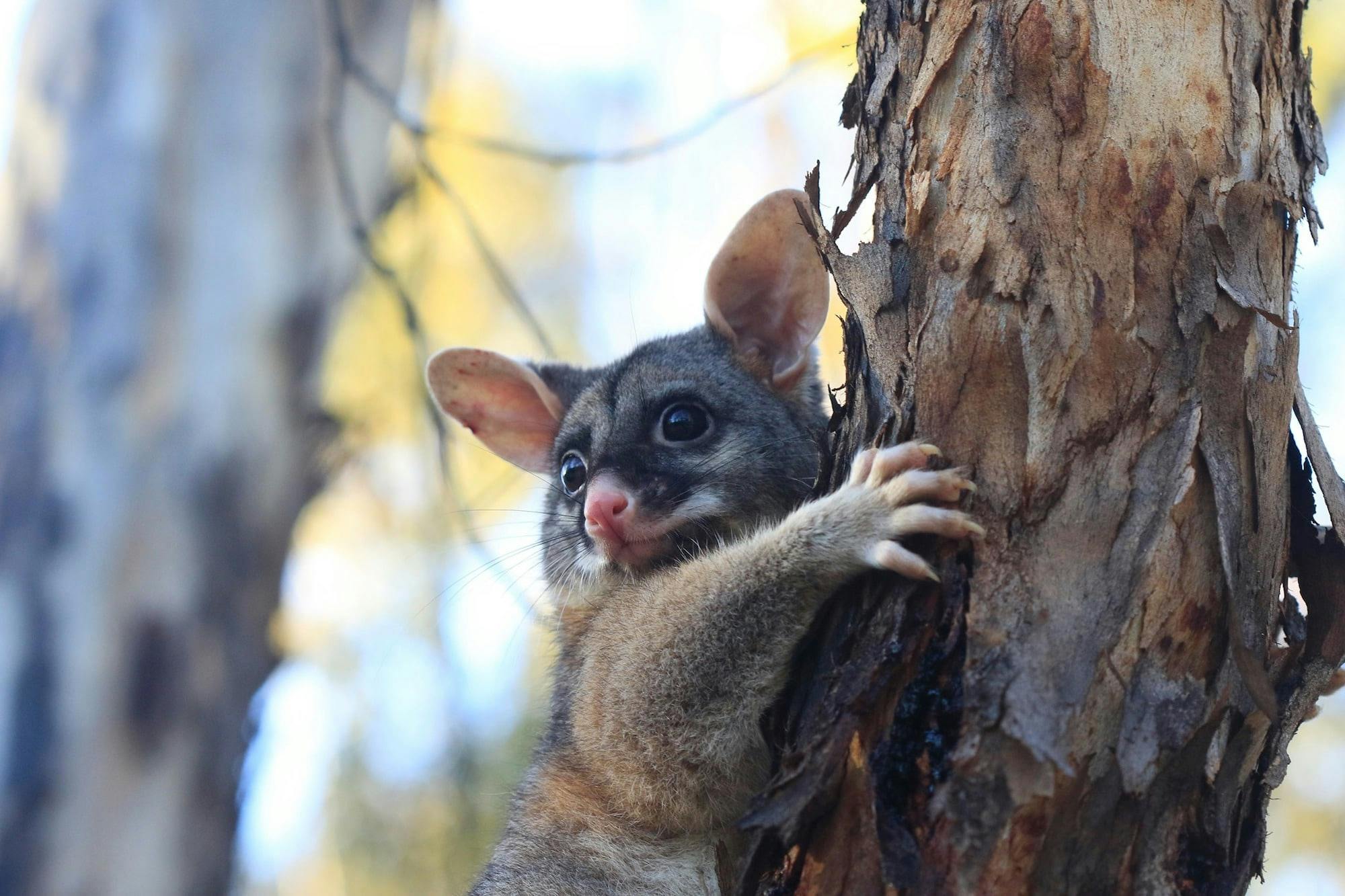Karakamia Wildlife Sanctuary: Everything you need to know

The Australian Wildlife Conservancy‘s first sanctuary, Karakamia was purchased in 1991 by AWC founder Martin Copley.
In the decades since, it has played an integral role in protecting critically endangered native animals.
What is it?
Karakamia is managed by AWC, Australia’s largest private land owners and managers for conservation. The 268 hectare sanctuary is a vital conservation area for WA, and has a varied habitats of Jarrah forest, granite outcrops amongst heathlands, and riparian zones along the winding Cookes Brook.
These landscapes are all enclosed by a vermin-proof fence, protecting countless native animals from predators such as foxes and feral cats. Because of this protection and the various programs in place at the sanctuary, it’s now home to a population of the critically endangered woylie, as well as the successful reintroduction of the quenda, tammar wallaby and mardo. As well as these vulnerable mammals, the sanctuary is also home to three threatened black cockatoos – including the red-tailed black cockatoo, or karak, from which the sanctuary gets its name.
Other animals you can hope to see in the sanctuary include the echidna, western grey kangaroo, common brushtail possum and western brush wallaby.
Where is it?
Karakamia is located on Whadjuk Noongar boodja – a few minute’s drive from Chidlow, and about an hour’s drive east of Perth. The sanctuary is also atop the westernmost portion of the Yilgarn Block – a granitic geological formation that stretches across 65,000km2 of WA and was formed 2.5 billion years ago, making it one of the oldest landforms on earth.
This edge of the Yilgarn Block forms the Darling Scarp, and is the point where Australia and India separated 45 million years ago. Jeepers! Throughout the park, you can observe this ancient geology via the exposed granite outcrops.
Subscribe to our free newsletter!
What to do:
The only way to visit the sanctuary is via a guided tour! Part of their public education program, you can discover Karakamia at twilight on a two-hour spotlight walk – when you’ll be sure to encounter some of its furry residents, as well as learn about how you can help contribute to conservation efforts.
What not to do:
Don’t just rock up! This is a dedicated conservation area and you need to book for one of their guided tours, or enquire about becoming a volunteer.
As with all visits to our natural spaces, adhere to the Leave No Trace Principles: meaning don’t leave any rubbish out there, don’t pick wildflowers and try your best to look after the surrounding area. Make sure you also adhere to any fire restrictions or bans that might be in place.
–
Header image by Robert Audcent via Australian Wildlife Conservancy